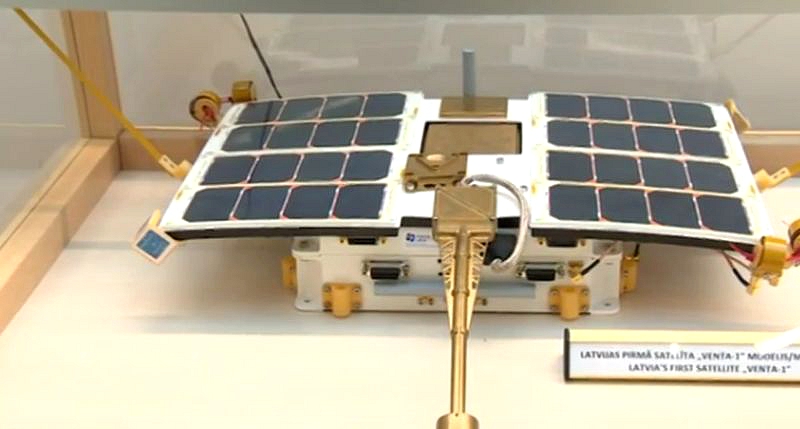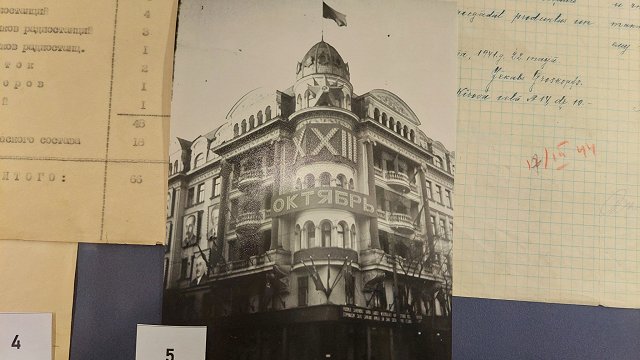The Venta-1 satellite launched June 23 and was put into orbit by an Indian rocket.
According to the information provided at the time - and during the many years of preparation - it was not carrying any particularly impressive equipment but did have symbolic value as Latvia's first object in space.
But according to a feature on the Business Insider website, Venta-1 is giving a ride to an experimental "sprite" spacecraft paid for by Russian billionnaire investor Yuri Milner, who plans to spend 100 million dollars on a search for life in a neighboring galaxy in a project called 'Breakthrough Starshot'.
"On June 23, a number of prototype “Sprites” – the world’s smallest fully functional space probes, built on a single circuit board – achieved Low Earth Orbit, piggybacking on OHB System AG’s ‘Max Valier’ and ‘Venta’ satellites. The 3.5-by-3.5 centimeter chips weigh just four grams but contain solar panels, computers, sensors, and radios. These vehicles are the next step of a revolution in spacecraft miniaturization that can contribute to the development of centimeter- and gram-scale “StarChips” envisioned by the Breakthrough Starshot project," a news release by the project says.
"The Sprites were constructed by researchers at Cornell University and transported into space as secondary payloads by the Max Valier and Venta satellites, the latter built by the Bremen-based OHB System AG, whose generous assistance made the mission possible.
"The Sprites remain attached to the satellites. Communications received from the mission show the Sprite system performing as designed. The spacecraft are in radio communication with ground stations in California and New York, as well as with amateur radio enthusiasts around the world. This mission is designed to test how well the Sprites' electronics perform in orbit, and demonstrates their novel radio communication architecture," the release says.
Only, unfortunately, no-one at ground control Latvia had mentioned anything about it. The official Venta-1 website makes no mention of the additional payload nor how much (if anything) Milner is paying to be along for the ride. OHB SE is mentioned but only in connection with "an advanced technology AIS (maritime Automatic Identification System) receiver."
The surprise package was spotted by Latvia-based planetary scientist Amara Graps who asked how the omission could have been possible.
Latvia's 1st satellite: Venta-1 carried a very special cargo. I wonder why VUC didn't tell the press this. https://t.co/yDPiHx7qa0
— Amara Graps (@amaragraps) July 28, 2017
Coincidentally, Amara was also a recent guest on our podcast, during which we discussed the Venta-1 satellite (incompletely, as it turns out). You can listen to the podcast below.
Social media users later informed LSM that the unusual cargo did get a mention in an article for the Dienas Bizness newspaper, but it appears to be referred to as 'KickSat' rather than 'Sprite' or 'StarChip' and the connection to Milner is not mentioned.





























